In a significant policy change, DoorDash and Uber Eats have removed the option for customers in New York City to tip at the point of ordering.
This change coincides with the introduction of an additional fee to the final bill. This development has raised questions and concerns among users, as it alters the conventional method of tipping delivery drivers.
Unexpected Changes in Tipping Options for Customers
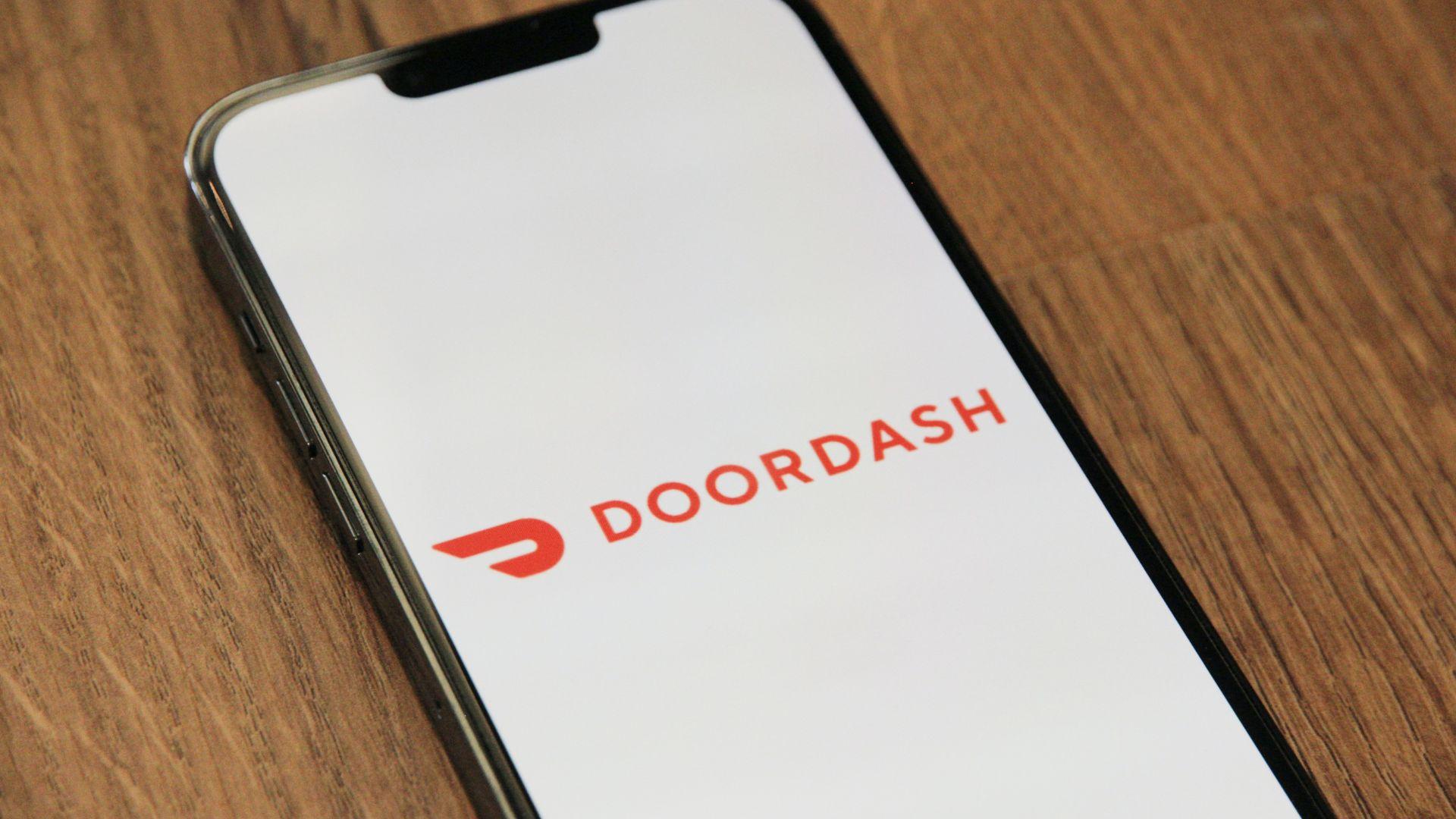
Customers of DoorDash and Uber Eats in New York City have recently encountered a significant change in the platforms’ operation: the inability to add a tip when placing an order.
This unexpected alteration has been coupled with the introduction of a new fee, subtly included in the final billing amount, which has raised questions and concerns among the app users.
New Minimum Wage Laws Prompting Changes
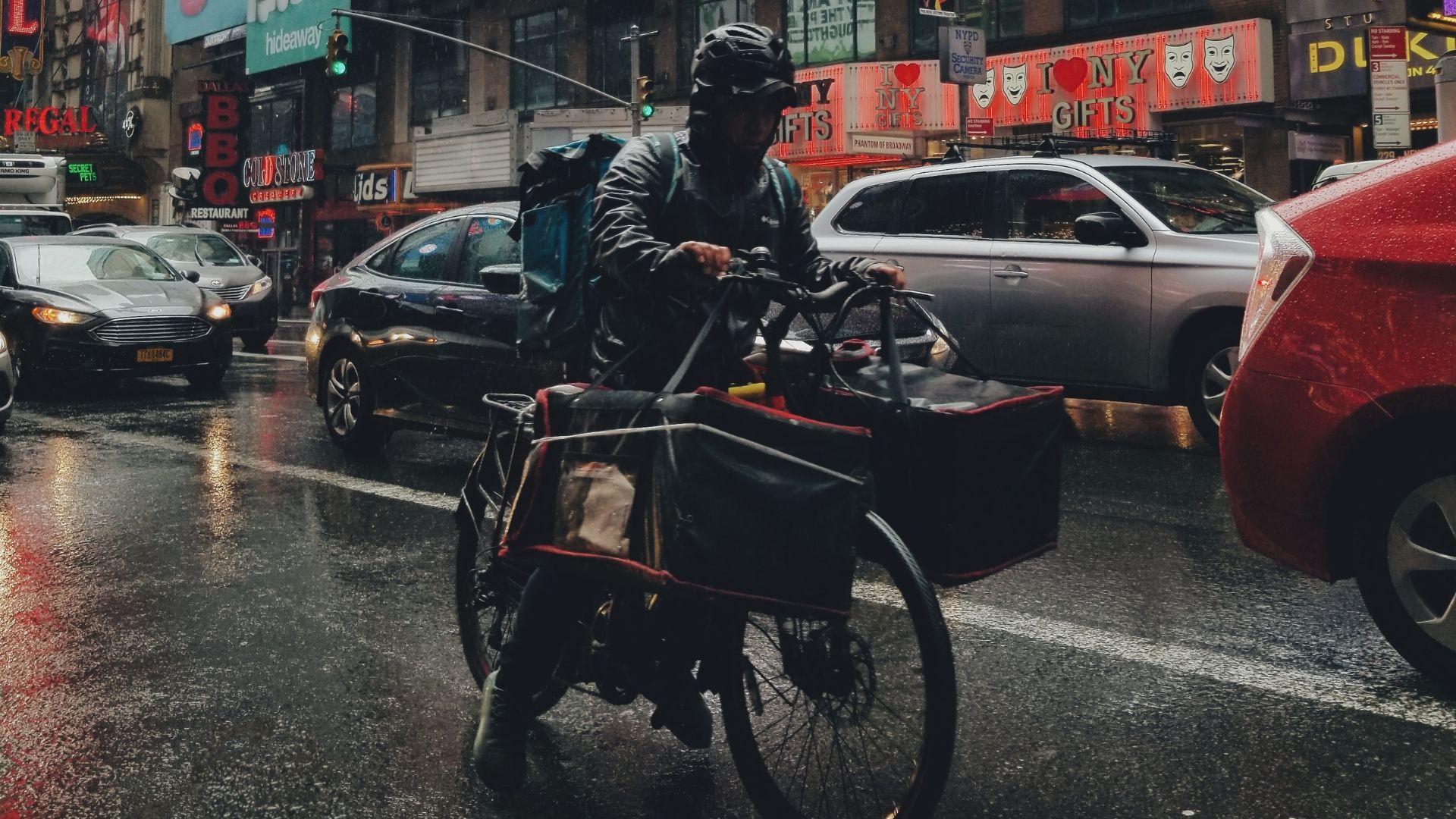
The removal of the tipping option by DoorDash and Uber Eats is a response to the newly implemented minimum wage laws in New York City.
These laws mandate a minimum wage of approximately $18 per hour for app-based drivers, a significant increase from previous earnings. The delivery companies’ decision to adjust their tipping policy is a direct reaction to these regulatory changes.
Post-Delivery Tipping Becomes the Standard
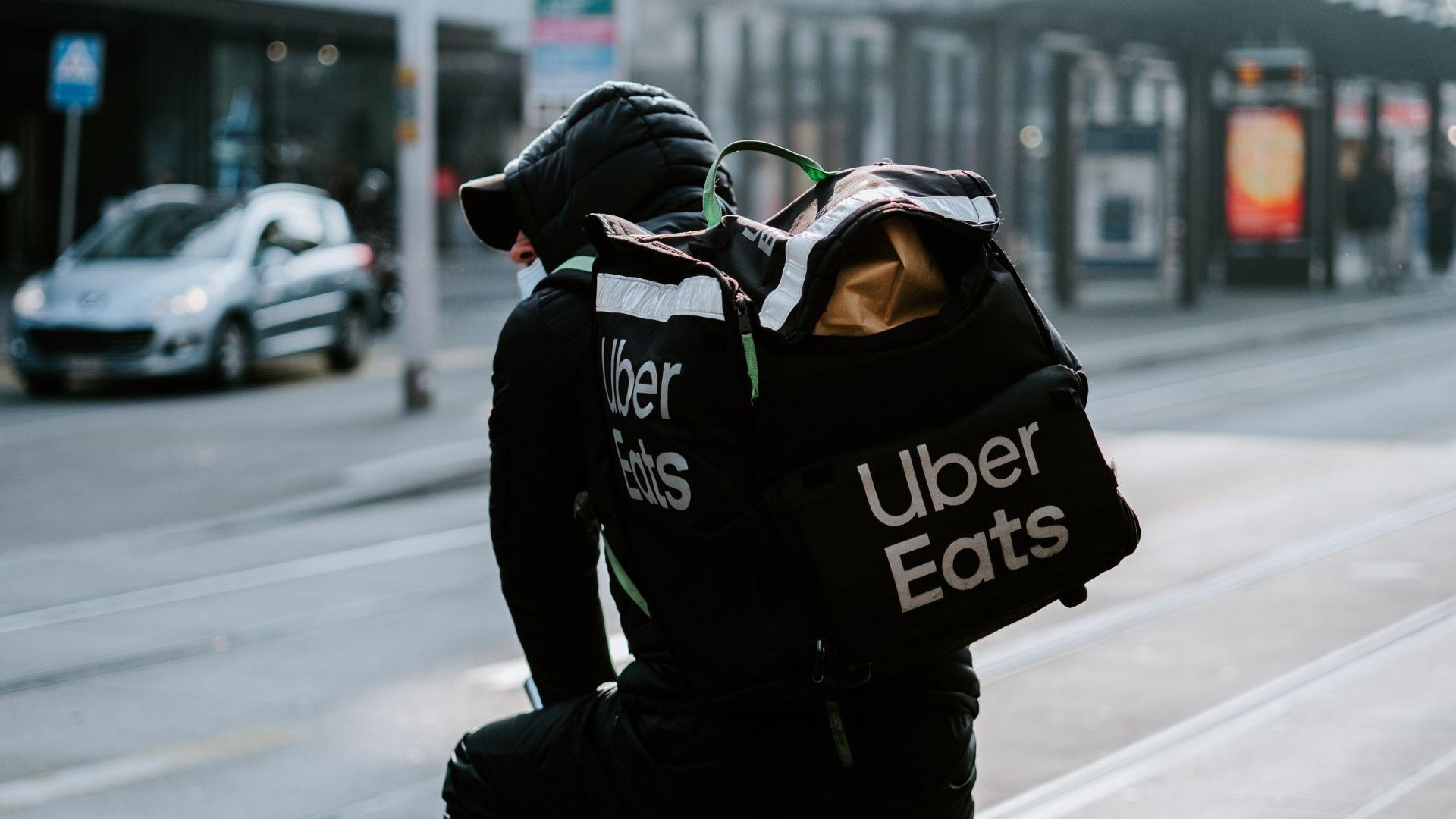
In response to the new wage rules, DoorDash and Uber Eats have now limited the tipping option to post-delivery.
This means that customers can only tip their delivery driver after the order has been picked up or fully completed, marking a significant shift in the customer-service provider interaction on these platforms.
Reflecting a National Shift in Tipping Practices
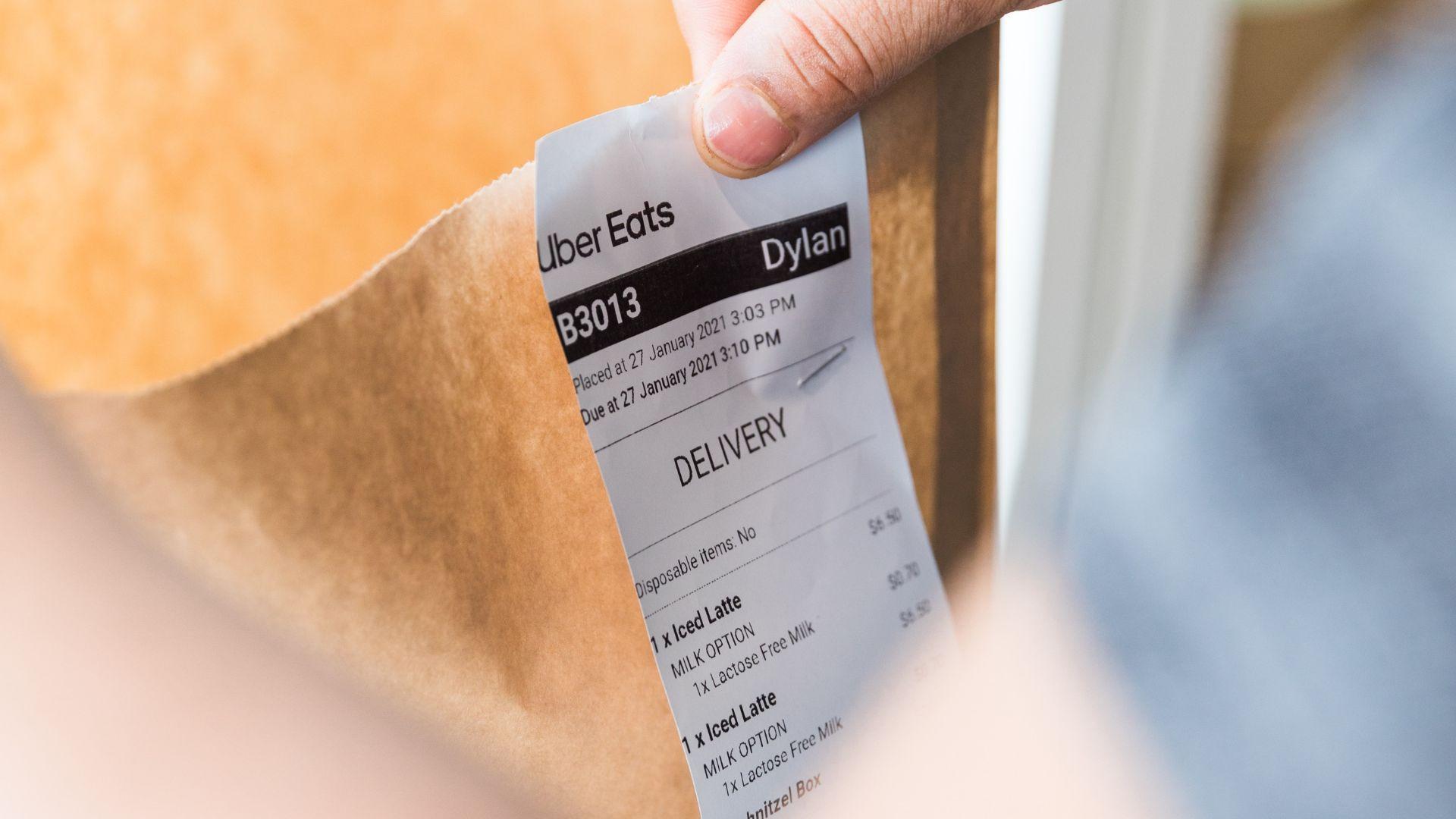
The alteration in tipping policy by these delivery apps is indicative of a broader trend in the United States.
There is a noticeable shift in the country’s tipping culture, with a general decline in the practice of tipping, even as an increasing number of services start requesting gratuities.
Adjusting to Increased Operational Costs

Delivery companies assert that the increased costs due to the new minimum wage laws leave them with little choice but to revise their fee structure.
As stated by DoorDash, the new regulations necessitate an increase in fees for orders in New York City, leading to changes in their operational model.
Introduction of New ‘Courier Fee’ in NYC

Residents of New York City will now experience an increase in the cost of their orders due to new service fees implemented by DoorDash.
These fees are attributed to the need to comply with the city’s new wage regulations. Uber Eats has also communicated to its customers in New York about the addition of a new fee to offset the costs of paying couriers.
Evolving Tipping Strategies by DoorDash
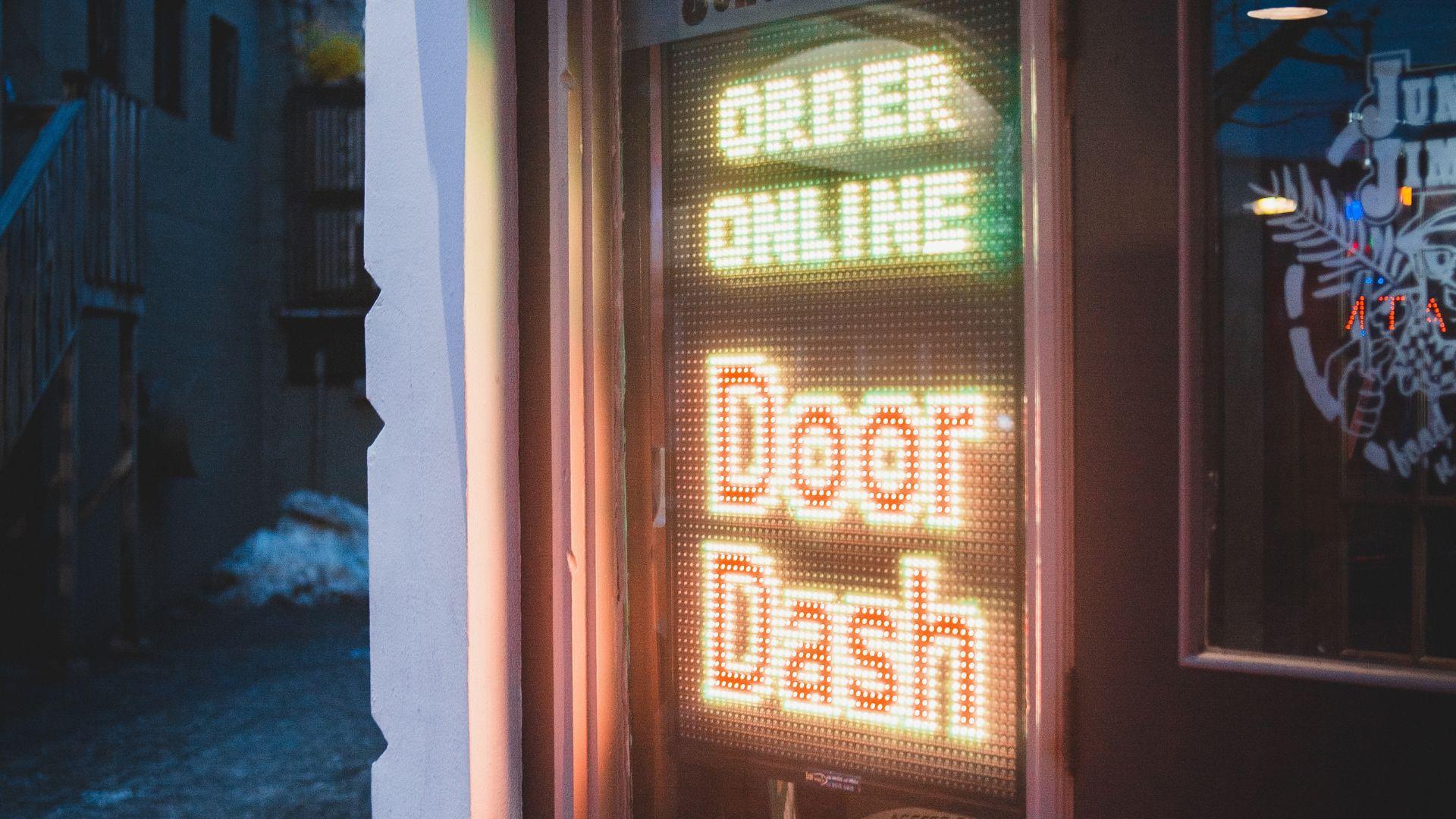
DoorDash’s approach to tipping has seen significant changes over the past year.
While earlier in the year, the company had implemented strategies to encourage tipping, such as sending reminders to customers, the recent policy change in New York City represents a departure from this approach.
Revised Pay Structure for Delivery Drivers
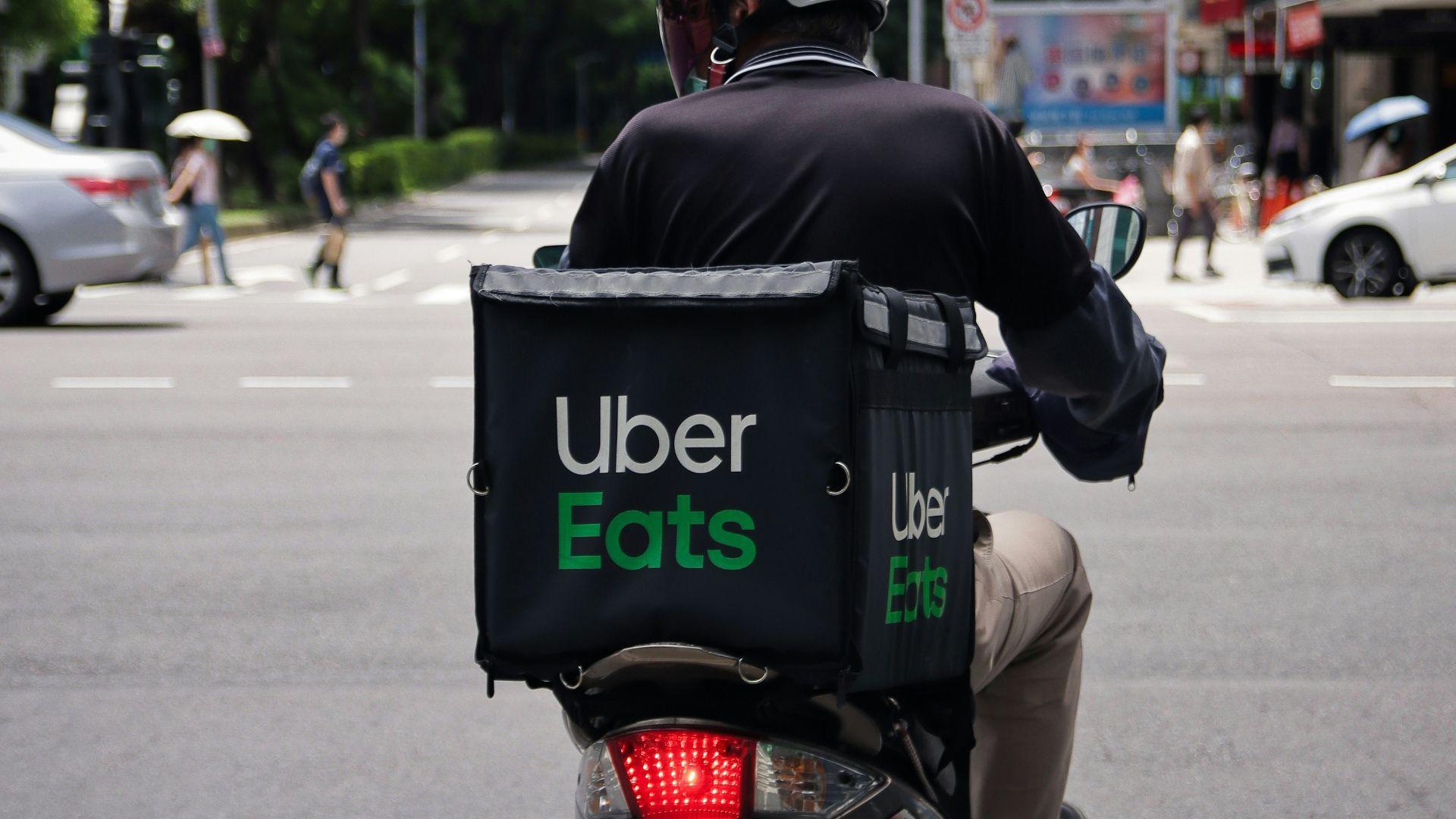
In response to New York City’s minimum wage requirements, DoorDash has stated that its drivers are now earning $29.93 per active hour.
However, this rate applies only for the duration of picking up and delivering orders, excluding any waiting time between orders.
Uber Eats Aligns with DoorDash in Tipping Policy

Following DoorDash’s lead, Uber Eats has also removed the option for customers to tip upfront.
The company stated that tipping would now be possible only after the delivery has been completed.
Delivery Companies Respond to City Regulations
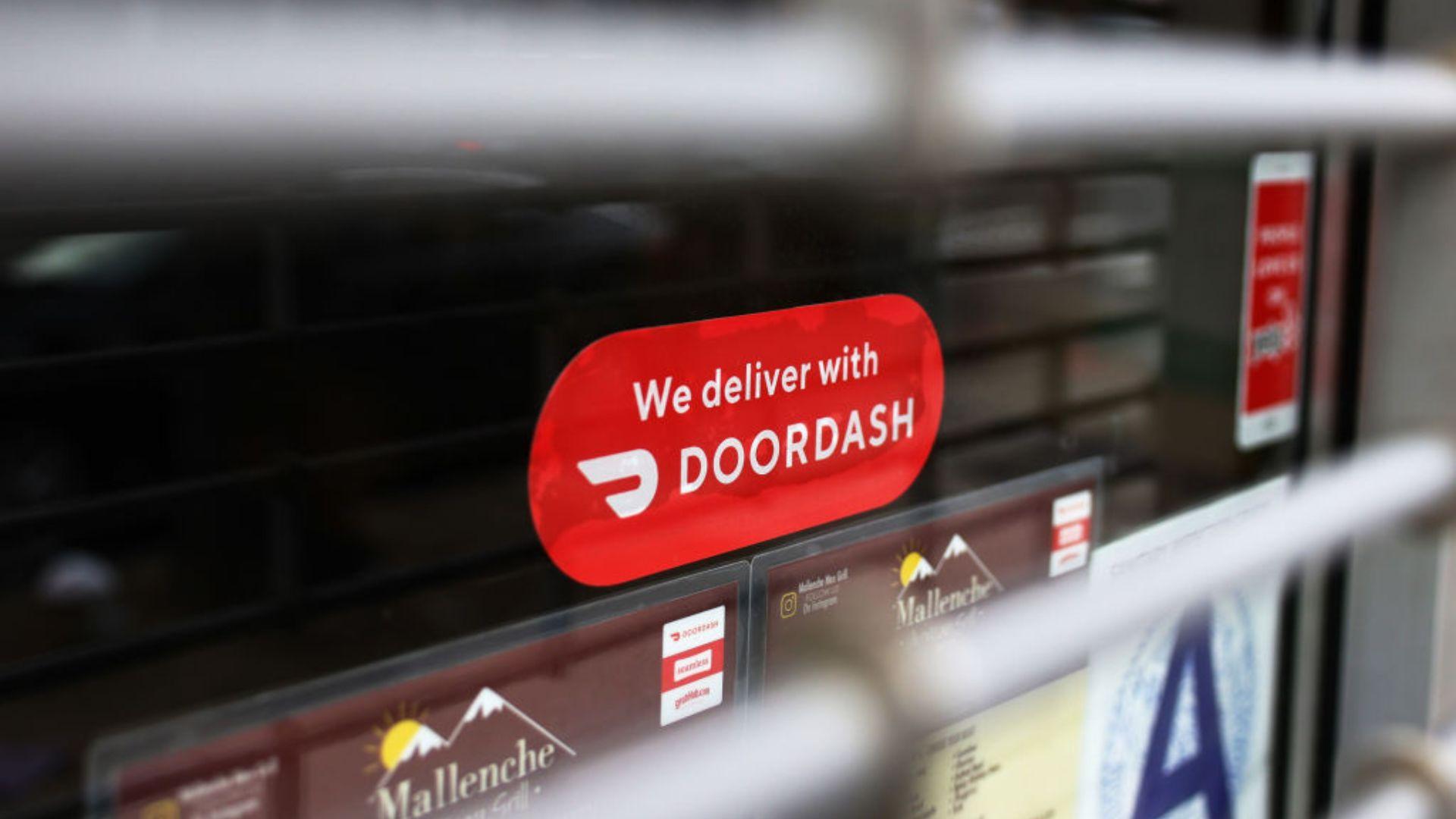
The response of delivery companies to New York City’s new wage regulations has sparked a debate. Uber Eats has suggested that these changes might lead to reduced employment opportunities and discourage tipping.
In contrast, the city’s Consumer and Worker Protection Department asserts that the decision to alter tipping policies rests solely with the companies and is not a directive from the city authorities.
The Future of Food Delivery in New York City
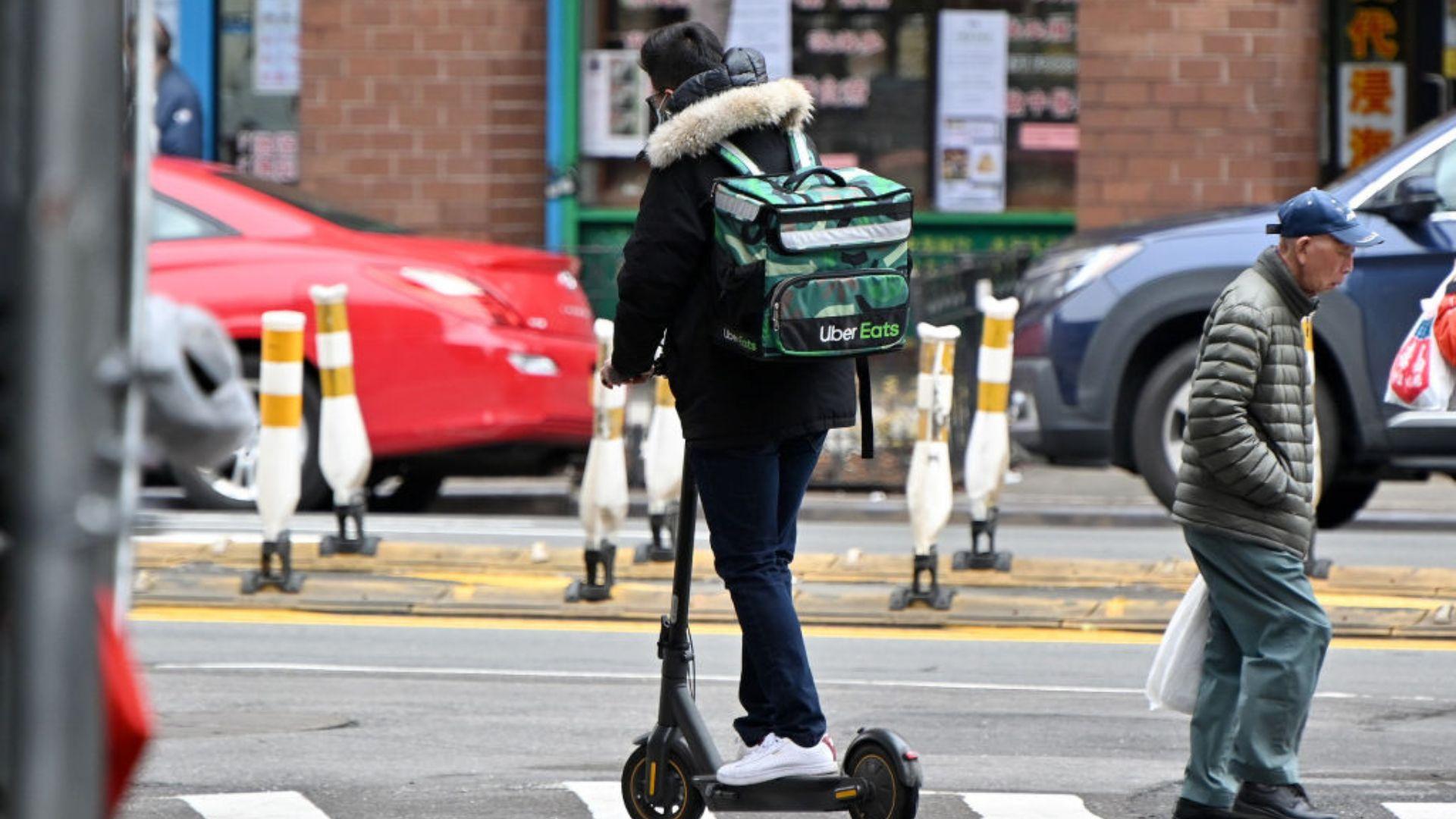
These changes in tipping and fee policies by DoorDash and Uber Eats signal a significant shift in the food delivery sector in New York City.
The impact of these changes on customers, drivers, and the overall delivery experience remains to be seen as the industry adapts to the new regulatory landscape.
